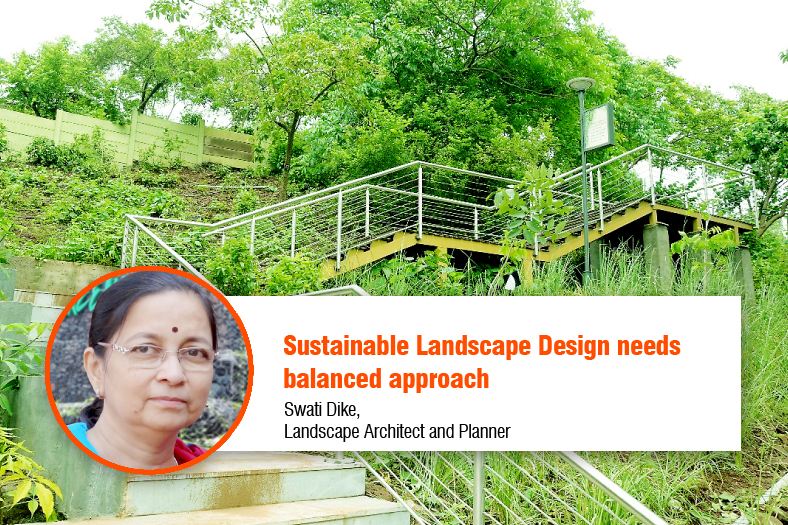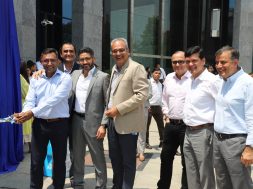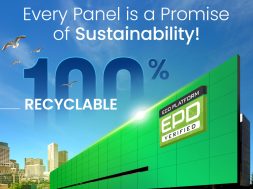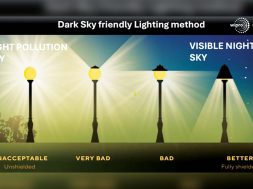Sustainable Landscape Design needs balanced approach

For landscape architects, there are certain provide guidelines, based on site features, that need to be retained to make the project ecologically and functionally sustainable, says Swati Dike, Landscape Architect and Planner.
Discuss about the key components of sustainable landscape design.
Sustainable landscape design is one of the vital aspects for environment-friendly architecture that requires optimum balance usage of available natural and material resources while developing a project. While each individual site has its own geospatial feature, it requires special attention based on its unique needs and opportunities while working on design solutions. So most importantly for a green building construction, one must consider that the site plan must fit to the project parameters without compromising on environmental concerns and should be self-sustaining over long periods of time.
What are the considerations while planning a landscape design for a project?
There are various key components that one must aim to achieve. The particular design must have provisions for bringing down overall energy cost, water usages and carbon footprint. And, this can be done by efficient energy, water and waste management in place. In addition to this, maximum use of native resources that also includes plantation of native trees and perennial shrubs that are ideal as a sustainable vegetation cover in urban landscape. Vegetation cover raises humidity levels, reduces the stress of the heat island and arrests noise and air pollution. It also acts as a wind breaker and soil erosion control measures. These greens are essential for the flora and fauna with a habitat to live and therefore support biodiversity conservation.
Explain the role of landscape architect in making structures ecological and sustainable.
For landscape architects, there are certain provide guidelines, based on site features, that need to be retained to make the project ecologically and functionally sustainable. For example, in large virgin sites topsoil to be preserved separately for later use in the softscape areas, preserve existing vegetation on site as far as possible. Further, evolve tree preservation guidelines either by retaining or transplanting or in worst cases where this is not possible suggesting replantation of native trees. Other provisions include, minimum cut and fill in case of contoured site and use the natural levels judicially, preserving natural features at site like rock out crops and streams, use of materials available at site or procured locally and use of recycled water and other products.
One must consider that the site plan must fit to the project parameters without compromising on environmental concerns and should be self-sustaining over long periods of time.
Swati Dike, Landscape Architect and Planner
Cookie Consent
We use cookies to personalize your experience. By continuing to visit this website you agree to our Terms & Conditions, Privacy Policy and Cookie Policy.








